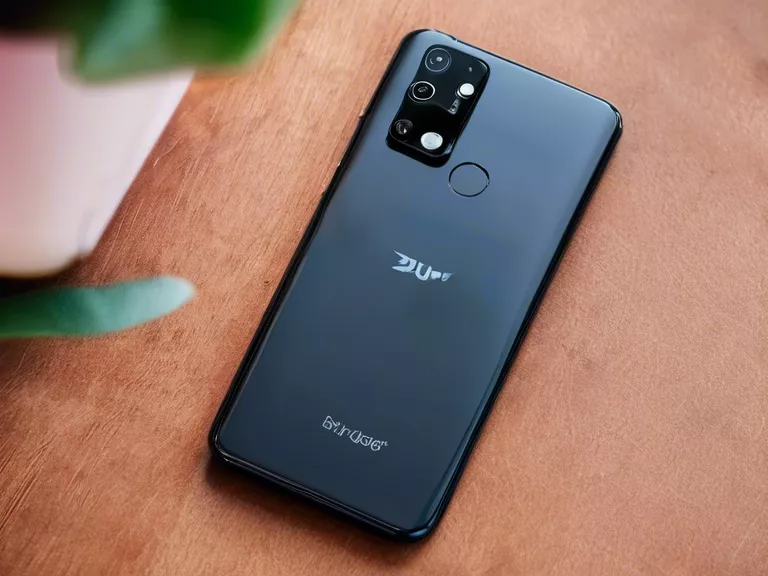
In today's digital age, our smartphones store a wealth of personal information, making them a prime target for cyber threats. It's more important than ever to ensure that you are managing your data and privacy effectively on your smartphone. Here are some tips on how to do just that:
Keep your software up to date: Regularly updating your smartphone's operating system and apps is crucial for staying protected against security vulnerabilities. Make sure to enable automatic updates to ensure you are always running the latest version.
Use strong, unique passwords: Avoid using easy-to-guess passwords or reusing the same password across multiple accounts. Consider using a password manager to store and manage complex, unique passwords for each of your accounts.
Enable two-factor authentication: Adding an extra layer of security with two-factor authentication can help prevent unauthorized access to your accounts. This typically involves receiving a one-time code via text message or app in addition to entering your password.
Review app permissions: Be mindful of the permissions that apps request when you download them. Only grant access to the data and features that are necessary for the app to function. Regularly review and revoke permissions for apps that no longer need them.
Secure your data with encryption: Enable encryption on your smartphone to protect your data in case it falls into the wrong hands. Most smartphones have built-in encryption settings that you can easily enable in the security or privacy settings.
By following these tips, you can better manage your data and privacy on your smartphone in the face of digital threats. Stay vigilant and proactive in protecting your personal information to ensure a safe and secure mobile experience.



